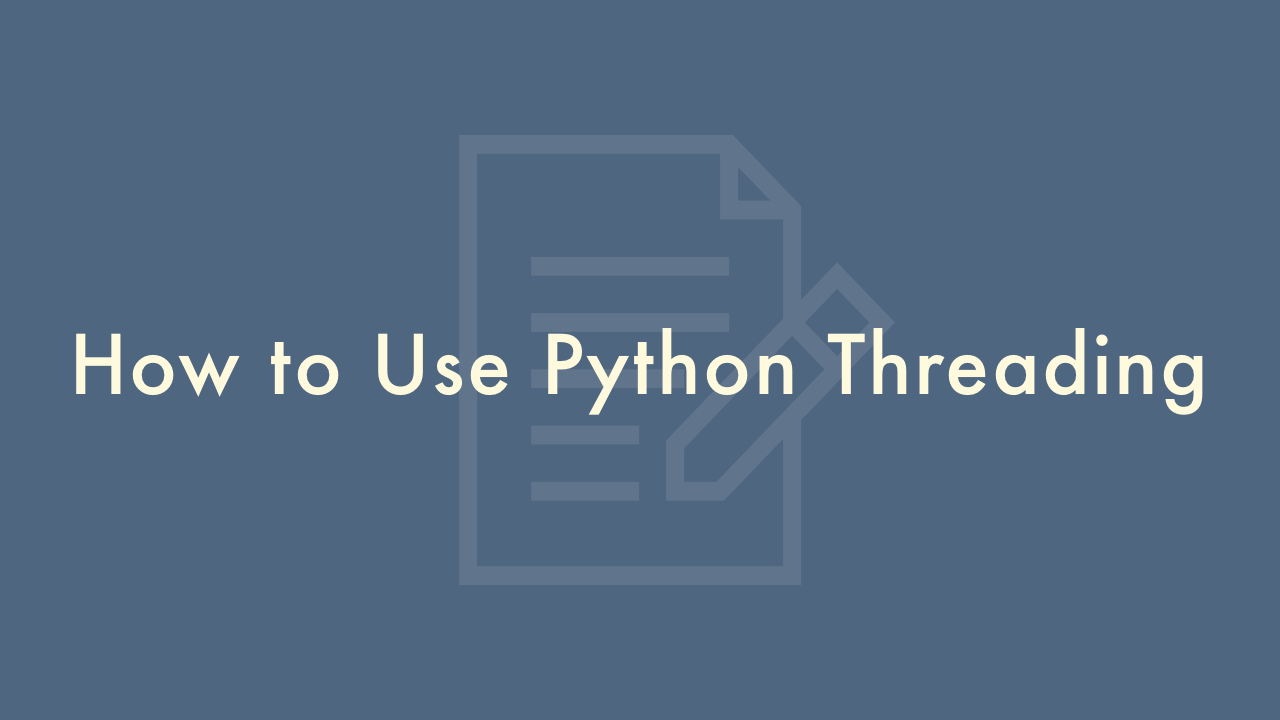How to Use Python Threading

Contents
In this article, you will learn how to use Python threading.
Python Threading
Python Threading is a way to run multiple threads (smaller units of execution) within a single program. Each thread can perform a different task or set of tasks, and they can run concurrently, allowing your program to perform multiple actions at once.
Here are the basic steps to use Python Threading:
Import the threading module:
First, you need to import the threading module in your Python program.
import threadingDefine a function to be run in a thread:
Next, you need to define a function that will be executed by the thread. This function can perform any task you want it to, such as downloading a file, processing data, or performing a calculation.
def my_function():
# code to be executed in the thread
Create a new thread:
To create a new thread, you need to instantiate the Thread class from the threading module, passing your function as an argument.
my_thread = threading.Thread(target=my_function)Start the thread:
To start the thread, you need to call its start() method.
my_thread.start()Wait for the thread to finish:
If you want your program to wait for the thread to finish before continuing, you can call the join() method on the thread.
my_thread.join()This is the basic process for using Python threading. You can create multiple threads by repeating steps 3-5 for each thread you want to create. Be aware that threads share the same memory space, so you need to be careful to avoid race conditions and other concurrency issues. Also, threading is not always the best solution for parallel processing, and you might consider using other libraries, such as multiprocessing or asyncio, depending on your specific use case.